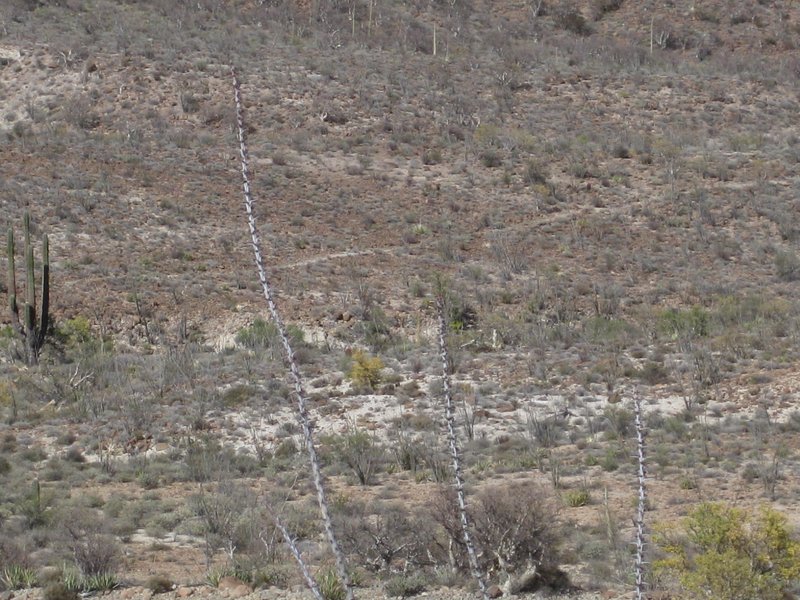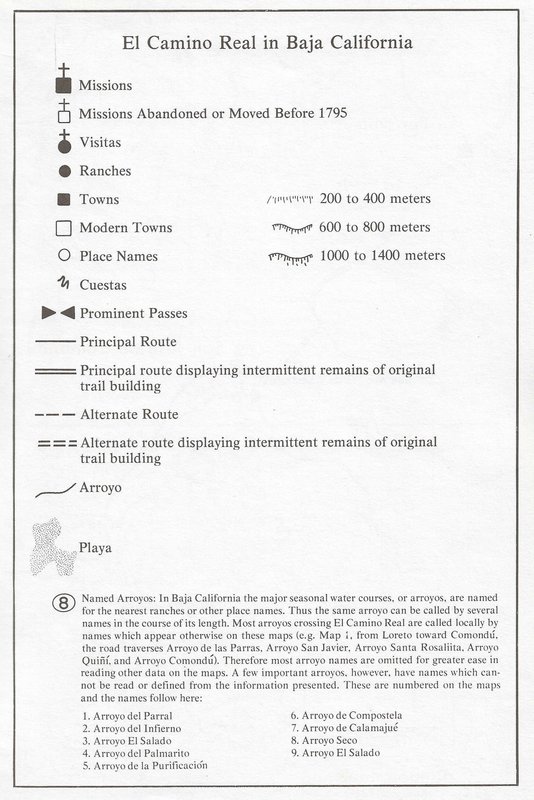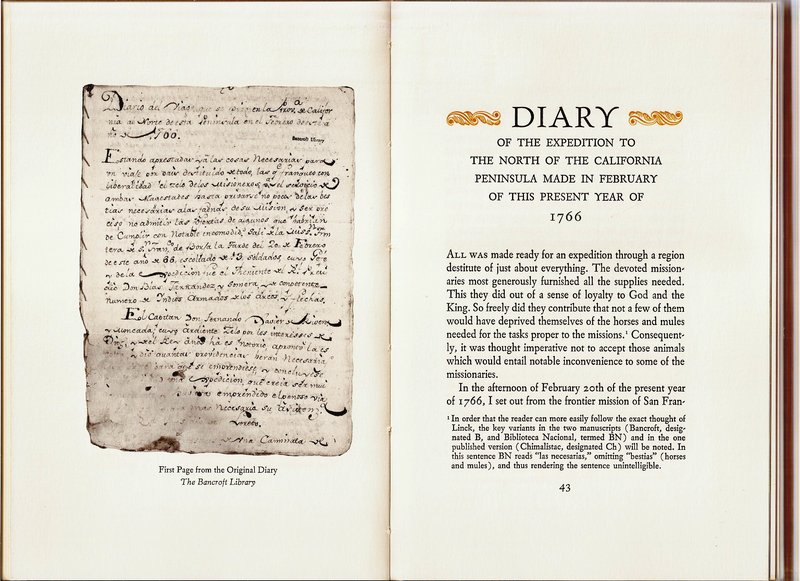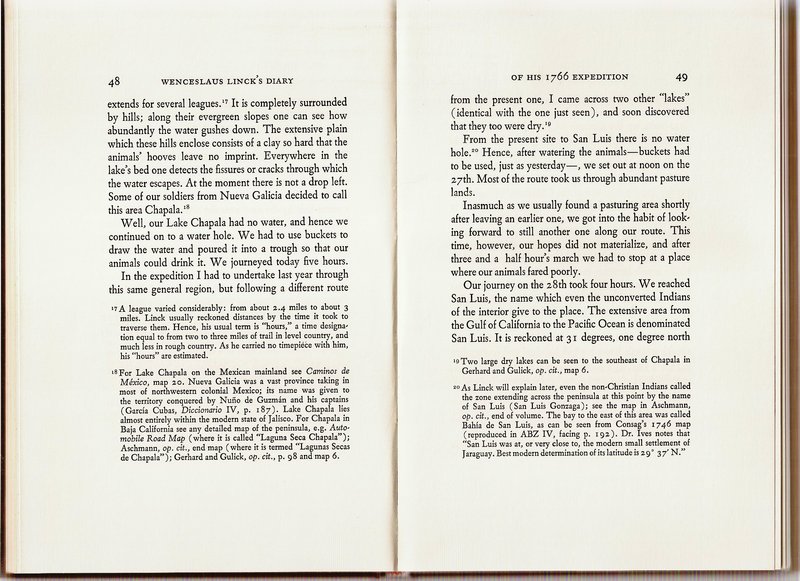

Quote: Originally posted by 4x4abc  |
Quote: Originally posted by bajaric  |



Quote: Originally posted by Lance S.  |

Quote: Originally posted by Lance S.  |
Quote: Originally posted by lencho  |
Quote: Originally posted by 4x4abc  |
Quote: Originally posted by Lance S.  |
Quote: Originally posted by 4x4abc  |
Quote: Originally posted by lencho  |

Quote: Originally posted by Lance S.  |
Quote: Originally posted by Lance S.  |







Quote: Originally posted by David K  |